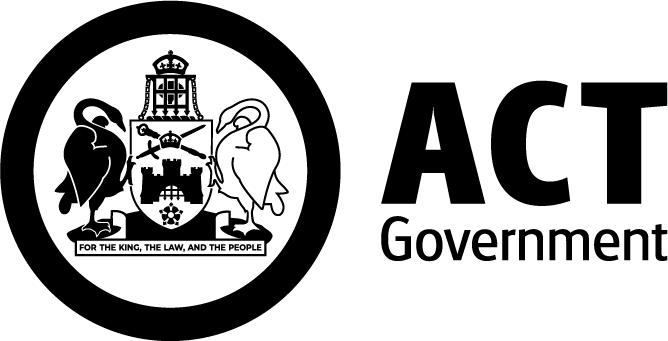Canberra: A Statement of Ambition
The Statement of Ambition sets out the ACT Government’s vision for Canberra as one of the world’s most liveable and competitive cities – welcoming to all.
Key to delivering this vision is the provision of better metropolitan infrastructure that helps to renew our inner precincts, strengthening our suburbs and providing opportunities for all.
Transport has a critical role to play in this as highlighted in the 2016 Canberra: A Statement of Ambition, “Everywhere there is the demand from an increasingly time hungry workforce and community to live in the ‘30 minute city’ – the city of short commutes and journeys that manages congestion with a first class public transport system at its heart.” This is being driven by changing lifestyle preferences of modern families and workers in the global knowledge economy.
For many years, Canberra has met this desire through the building and widening of roads as the city expanded. However, the future of the city is to contain outward expansion. To maintain our 30-minute travel status in a growing city we will need to refocus our investment to support a more compact and efficient city and provide the opportunities for the renewal and strengthening of suburbs envisioned in the Statement of Ambition.
By providing a choice of high-quality accessible transport options we also provide greater opportunities for people to better connect with services. In turn this connection leads to vibrant community spaces which support our evolving lifestyles and promote urban infill.
In the coming years, the ACT Government will increase the options available to the community by shifting our focus to public transport, walking and cycling, while maintaining safe and reliable roads for driving and freight. Experience from other major cities has shown that investment in high-quality transport choices, partnered with effective planning, is the most effective way to conveniently and efficiently connect people with the places they need to go, while also increasing liveability and competitiveness.


